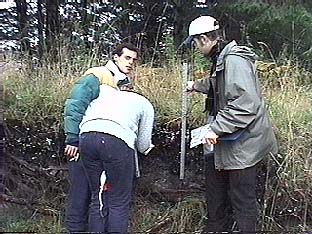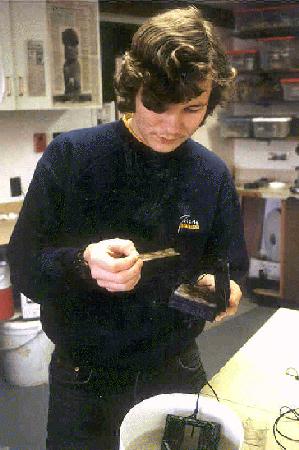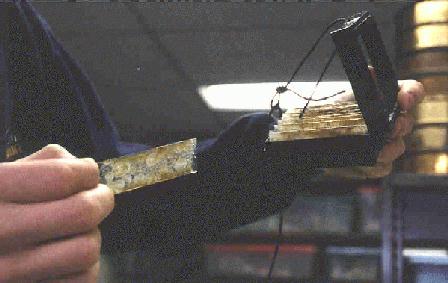PEDDER BAY MIDDEN
 Just west of Pearson College in Pedder Bay is a bank along the estuary which is being eroded under the roots of a large Douglas Fir. We do a field lab there using the evidence from the First nations midden to piece together a picture of what the original system of Pedder Bay must have been like when First Nations people lived in the area, several centuries ago.
Just west of Pearson College in Pedder Bay is a bank along the estuary which is being eroded under the roots of a large Douglas Fir. We do a field lab there using the evidence from the First nations midden to piece together a picture of what the original system of Pedder Bay must have been like when First Nations people lived in the area, several centuries ago.
 We are able to make observations of the exposed midden shell fragments and determine the species of shellfish harvested here. One interesting find was a shell of a native rock oyster, a species that is no longer found in Pedder Bay, but which was obviously part of the diet several hundred years ago.
We are able to make observations of the exposed midden shell fragments and determine the species of shellfish harvested here. One interesting find was a shell of a native rock oyster, a species that is no longer found in Pedder Bay, but which was obviously part of the diet several hundred years ago.
The objective of this lab is to construct a systems diagram of this Bay Ecosystem which includes these early indigenous people


